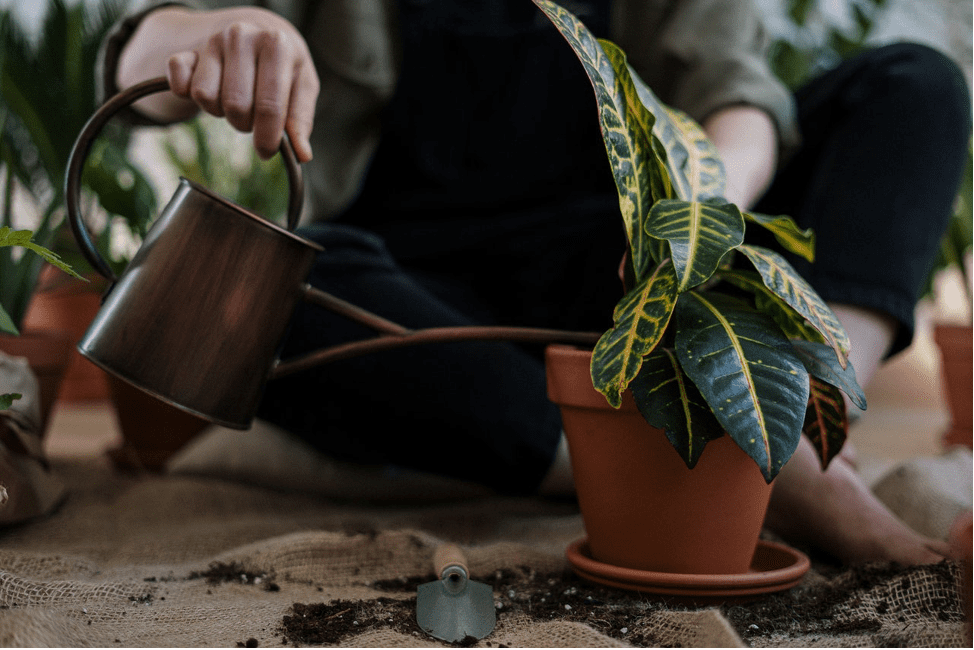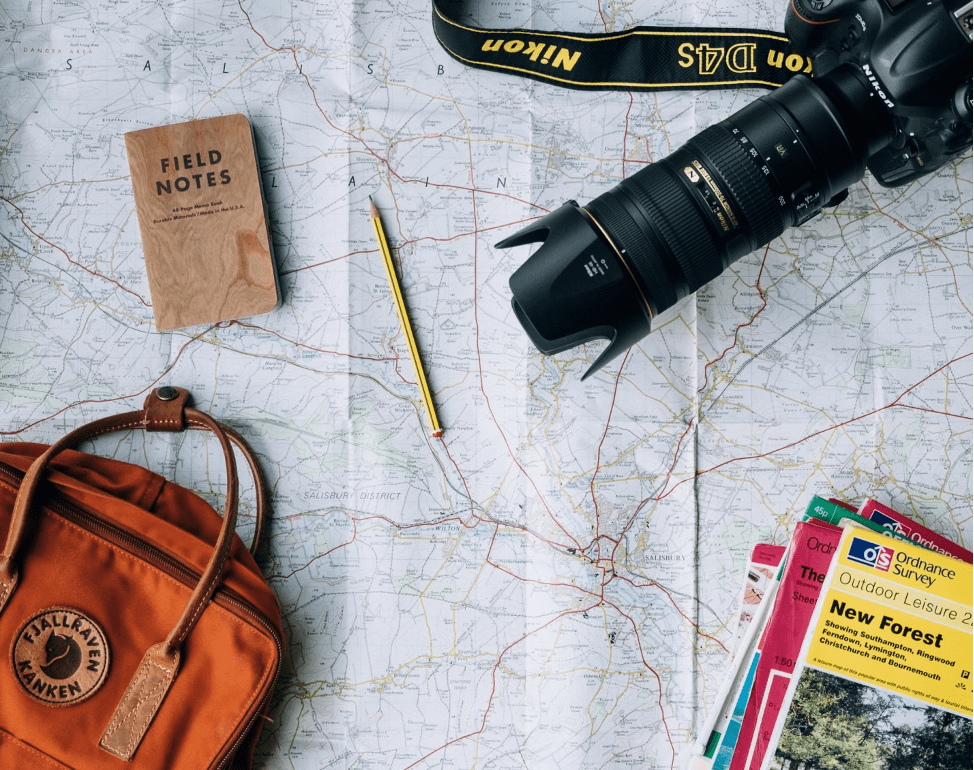High rent spikes have pushed many to reconsider their living situations, but for some, it opens the door to a whole new lifestyle. That was the case for Sarah Khan and her husband, both professionals with location-independent jobs.
When their landlord doubled the rent, they took the opportunity to leave behind city life and adopt the lifestyle of digital nomads. Over the past 10 months, their experiences have shown how freedom, when coupled with structure, can reshape life in the most meaningful ways.
The Shift to Nomadic Living
Living in Singapore, Sarah and her partner had long envisioned life beyond a fixed address. Yet, it was the sharp jump in rent that turned that dream into a decision. With her freelancing as a content strategist and her partner in a fully remote role, relocating was not just an idea anymore—it was feasible.
Rather than looking for another apartment, they ended their lease and began what many call the “nomad lifestyle,” traveling and working across Asia and Europe. So far, they’ve spent time in Bali, Tuscany, Rome, Bangkok, Phuket, and are preparing for their next stop in Alicante, Spain. On average, they spend about two to three months in each location, allowing for deeper connection and better work-life balance.
The Reality Behind the Lifestyle

Instagram | sarahkhanamajid | Soaring Singapore rents pushed Sarah and her partner to finally embrace their nomadic aspirations.
The romantic idea of working from a beach chair with a drink in hand quickly gives way to the reality: most work happens indoors. Many people assume nomads are always relaxing, but the truth is the lifestyle involves plenty of structure and discipline.
Early into their journey, it became clear that switching cities often left them feeling unmoored. Each new destination required setting up a workspace, syncing to local time zones, and finding essentials like gyms and grocery stores. With frequent transitions, stability became harder to maintain, especially while managing full-time workloads.
This led them to slow down. Adopting a “slomad” lifestyle—where travelers stay in one location for longer periods—offered a chance to develop consistent routines while still enjoying new environments.
Building a Transferable Daily Routine
One of the most valuable discoveries in this lifestyle was the creation of a daily routine that could move with them. Over time, they found that without structure, productivity dipped and stress levels rose. The solution came in the form of a streamlined day that supported both personal wellness and professional focus.
Sarah mapped out a typical day with the help of a productivity platform. Her schedule includes:
– A 6:30 a.m. meditation and yoga session
– Breakfast at a local café
– Outreach to professional contacts
– Dedicated writing sprints
– Physical activity (strength training or Pilates)
– Evening relaxation through reading or digital content
– Time for connection with family or friends through messages or calls
– Wrapping up work in time for a sunset swim
These routines, though simple, created consistency across cities and continents. Tasks that took just 10 to 30 minutes helped eliminate daily decision fatigue and offered a sense of home—even in a new place.
More Than Travel—A Shift in Perspective
This new way of living has done more than change their scenery. It has reshaped long-held expectations about success and lifestyle. Away from the traditional track of home ownership and corporate ladders, they’ve met others designing unconventional lives—authors, startup founders, and creatives all redefining what it means to thrive.
The takeaway? Being a nomad is less about constantly moving and more about consciously choosing how to live. It’s a lifestyle that can open new doors—if grounded in structure.
Why the Nomad Life Continues

Instagram | sarahkhanamajid | Sarah and her partner decided to extend their nomadic journey by at least another six months despite the challenges.
Initially, the plan was to try it for a year. But 10 months in, the couple has decided to extend their travels by at least another six months. While the nomad lifestyle comes with its share of adjustments—missing the familiarity of a permanent home, managing logistics on the go—the rewards have made it worthwhile.
Their story reflects a growing trend among digital nomads who are moving away from the fast-paced, city-hopping approach. Instead, they’re opting for slower travel, richer experiences, and a daily rhythm that offers both freedom and fulfillment.
A New Blueprint for Modern Living
The lifestyle adopted by digital nomads like Sarah Khan and her partner highlights a larger shift in how work and life can be balanced. When flexibility is matched with a grounded routine, it becomes possible to work remotely without losing productivity or peace of mind.
Nomads today aren’t just chasing destinations—they’re redefining what it means to live well. This path isn’t about escape, but about intention. By staying longer, building rituals, and embracing a slower rhythm, remote professionals are finding more than just new locations—they’re finding clarity, purpose, and a lifestyle that actually fits.




